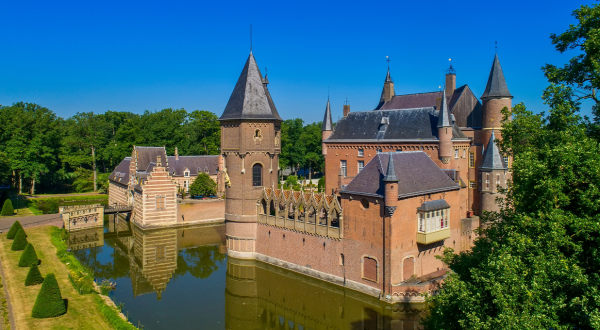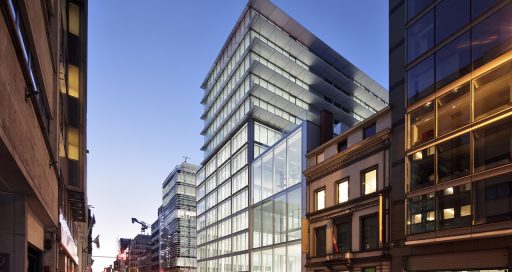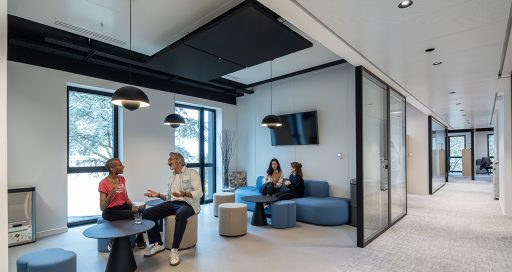Thanks to structures not much larger than shipping containers and located close to end users, the world of data is becoming accessible to local authorities and mid-sized companies. We look at an example with Cegelec in Angers.

With the explosion in household and industrial data use, the expansion of 5G and the proliferation of connected objects, the digitalisation of society is driving an increasing need for data storage, aggregation and transfer. In France, an estimated 250 commercial data centres are in operation, a number projected to double by 2030.
Similarly, the total available power has been increasing by more than 16% a year since 2016, reaching 566 MW in 2022 according to a report from EY, which predicts year-on-year growth of 11% over the next 10 years to top 1.8 GW in 2033.
This surge in capacity is related to a change in the nature of the demand. The IoT, connected mobility and the geographic atomisation of digital interactions require increasingly rapid data exchange with the servers involved. The only solution is to bring data management centres closer to the end users.
“Our tiny data centres combine a high level of energy efficiency with a reduced carbon footprint.”
Local datacentres are therefore likely to proliferate in our suburban, and even rural, landscapes, to enable mid-sized companies, public facilities such as hospitals, regional and local authorities, towns, and villages to offer new uses that require low latency.
Land, budget and ecology: a triple challenge
“The market will take shape around two major influences,” explains Jules Dufour, Business Unit Manager at Cegelec Angers Data Center. “On one hand, the hyperscale facilities, developed by major manufacturers and heavily concentrated in Ile‑de‑France or around Marseille, and on the other, the edge data centres.” These local mini data centres tick several boxes: an alternative to cities already saturated in terms of suitable locations; lower up-front costs; and reduced carbon emissions.
It was this triple land, budget and ecology challenge that Angers Data Center wanted to address in developing a technological solution packed into recycled 15 sq. metre shipping containers, which are easy to install and scalable according to requirements.
“Our tiny data centres combine a high level of energy efficiency with a reduced carbon footprint,” says Jules Dufour. “Factoring in the reused containers, replanting, free cooling, water reclamation and use of renewable energy sources, there is 2.5 times less soil artificialisation than with a conventional concreted solution, and the carbon impact from civil engineering is halved. Our solution even won a prize at the VINCI Environment Awards.”
With advanced protection systems (secure electrical supply with backup generators, surveillance and control systems) built in, these local data centres provide regionally based public bodies, mid-sized companies and small hosting providers with access to the world of data via flexible, economical and energy-efficient infrastructure.
10/15/2025





